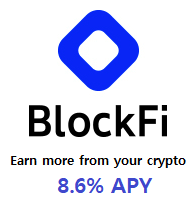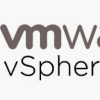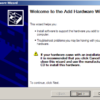BGP Community String list
Local preferences in AS3239
100 route from customer (default)
90 route from customer (backup)
85 route from prefered peering point
80 route from peering point
75 route from prefered upstream
70 route from upstream
60 lowest LP in the AS3239
Control localpref in the AS3239 backbone
3239:NN Set localpref to NN (60,70,90)
Do not announce route to upstream or peer
3239:1000
Control announces to upstream NN
x is number of prepends (1..4) or do not announce (0)
3239:1NNx
Route is learned from upstream or peering point NN
3239:2NN
NN is
01 RTcomm (AS8342)
03 Relcom (AS2118)
05 URC FreeNET (AS8324)
06 UUNET/MCI (AS702)
08 Comline (AS29648)
09 USI (AS35400)
Applying BGP Community string with sample configuration
1. Get the latest BGP community string from your ISP/upstream provider or check www.ShowipBGP.com web site.
2. Pick the best BGP community string for your traffic shaping plan (mainly incoming traffic). Most of ISPs are providing BGP community string with local preference and AS prepending option. Cannot tell which one is better than the other. It will depend on your global traffic shaping plan.
3. Follow the below commands ( Cisco only )
The below Sample configuration will tag the 10.0.0.0/24 route with [ISP AS]:120 or [ISP AS]:3 and will not tag any other routes.
router#config t
router(config)#ip bgp-community new-format
router(config)#access-list 10 permit 10.0.0.0 0.0.0.255
router(config)#access-list 10 deny any
router(config)#route-map [to-ISP] permit 10
router(config-route-map)#match ip address 10
router(config-route-map)#set community [ISP AS]:120 <—- using Local Preference
or
router(config-route-map)#set community [ISP AS]:3 <——- using AS prepending
router(config-route-map)#route-map [to-ISP] permit 20
router(config-route-map)#exit
router(config)#router bgp [xxxx] <——————————- xxxx = customer’s ASN
router(config-router)#neighbor x.x.x.x send-community
router(config-router)#neighbor x.x.x.x route-map [to-ISP] out
router(config-router)#exit
router(config)#exit
router#copy running-config startup-config
4. And then, go to www.RouteServer.org and pick one of route server on the map to see your announcement. If you are using AS prepending option, you will see your AS prepends on route servers. Sometime you might not see your route with particular ISP path.
In most of case it might not be any routing problem, just the route path was dropped at somewhere by BGP best path selection scheme. Try Oregon route server, if you can see your route. The Oregon route server is providing many possible and available paths between BGP speakers and neighbors.
If you don’t see your route on there? check other route servers and also check your
BGP configuration. You might need to contact your upstream provider to check what they are learning BGP route from you.



 The www.ipBalance.com runs by a volunteer group with IT professionals and experts at least over 25 years of experience developing and troubleshooting IT in general. ipBalance.com is a free online resource that offers IT tutorials, tools, product reviews, and other resources to help you and your need.
The www.ipBalance.com runs by a volunteer group with IT professionals and experts at least over 25 years of experience developing and troubleshooting IT in general. ipBalance.com is a free online resource that offers IT tutorials, tools, product reviews, and other resources to help you and your need.

![[Splunk] – Basic search fields and commands logo_splunk.png](https://ipbalance.com/wp-content/uploads/2009/06/logo_splunk-100x80.png)

